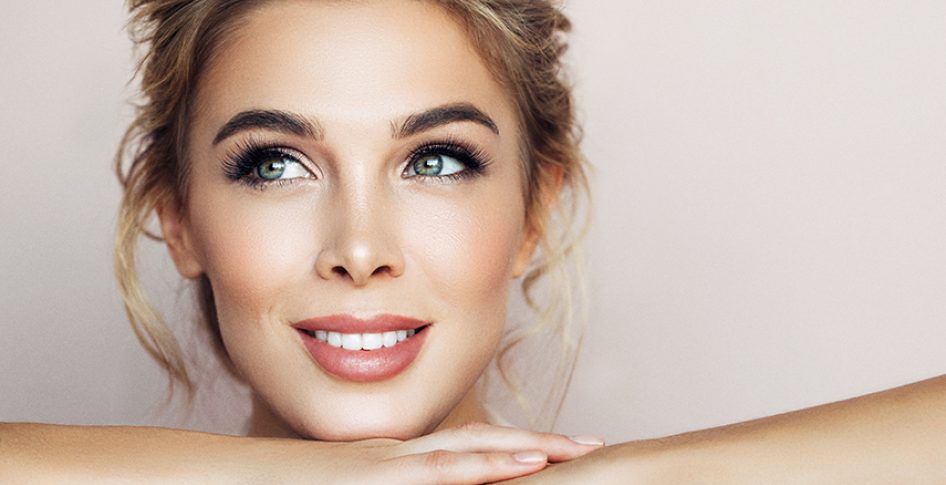Skin Resurfacing–the Tune Up

When you are starting to see changes that you don't want to see, it's time to start with some of the lower intensity in-office resurfacing procedures. You are in this category of early to middle changes if you are seeing loss of glow, dullness, clogged pores, fine lines and the beginning of brown spots.

When you are starting to see changes that you don’t want to see, it’s time to start with some of the lower intensity in-office resurfacing procedures. You are in this category of early to middle changes if you are seeing loss of glow, dullness, clogged pores, fine lines and the beginning of brown spots.
Options are light to mid-depth chemical peels and medical microdermabrasion.
Although chemical peels have been around for awhile, they are still very helpful. Chemical peels use surface agents to exfoliate and regenerate tissue by destroying layers of the epidermis. They can be divided into 3 levels corresponding to the depth of penetration in the skin. How deep they penetrate is directly responsible for what kinds of problems they can treat, the recovery time and the risk of side effects. Superficial peels include the alpha hydroxy acid peels (Glycolic Acid), beta hydroxy acid peels (Salicylic Acid). Mid level chemical peels include low strength Trichloroacetic Acid (TCA). Deep chemical peels include high strength TCA and Phenol.
With the advent of lasers, we, and many dermatologists are no longer performing mid or deep level chemical peels because of the increase in complications and reduced predictability compared to laser resurfacing.
Superficial chemical peels are used to sun damage (photoaging), acne, melasma, brown spots, texture and dullness. They may improve fine lines over time. These peels usually require a series of treatments at an of 6 treatments at 2-4 week intervals. They may be combined with acne surgery, which is the gentle removal of blackheads and pimples with sterile instruments.
Usually your face is red for a few hours and has small crusts if blackheads or pimples were removed. The skin feels tight for a day or two and then lightly peels at day 5. Patients who are treated for anti-aging return to normal activities immediately.
SilkPeel Particle Free Precision Microdermabrasion With Dermal Infusion
Microdermabrasion involves a controlled stream of particles to exfoliate the skin. SilkPeel particle-free microdermabrasion treatments use a refined diamond tip to precisely exfoliate and infuse the skin with topical dermaceuticals at a controlled intensity that improve results. There are specific dermaceutical solutions for bleaching, acne and anti-aging.
SilkPeel Dermalinfusion is used in anti-aging treatment to exfoliate dull dead skin, increase smoothness and glow, treat melasma, some brown spots and give your skin an overall healthy appearance. Treatments may improve fine lines over time. SilkPeel treatment usually requires a series of treatments at an average of 8 treatments at 2-4 week intervals.
After SilkPeel treatment your skin may be flushed for an hour. Otherwise it usually has no flaking, tightness or peeling. Patients return to activities immediately with no down time. It is especially popular before a big event, like a wedding, reunion or holiday.
Both Chemical Peels and SilkPeel are great skin resurfacing options for early to moderate aging changes.
But sometimes you need more than a tune up.
Next: Skin Resurfacing—when you need an overhaul.